7 Critical Control System Design Questions
Automation World
AUGUST 11, 2025
Listen to the Automation World Gets Your Questions Answered podcast! Search sponsored by Go Subscribe Products Factory Process Edge Awards Leaders Downloads Process Control 7 Critical Control System Design Questions Aug. Question 1: How do we ensure seamless integration between legacy and modern control systems?











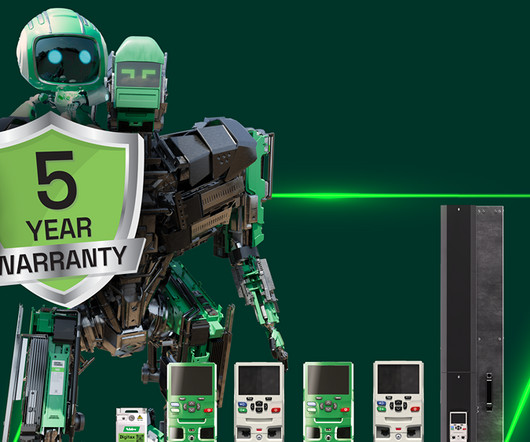

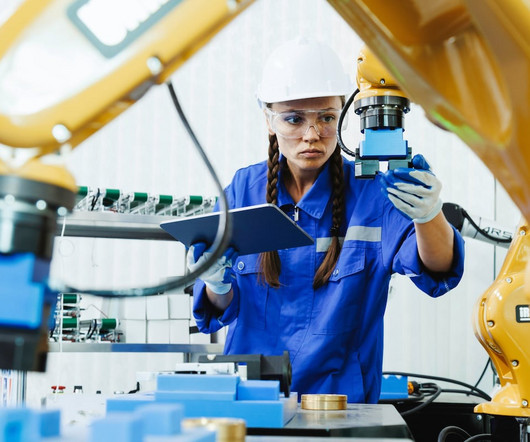

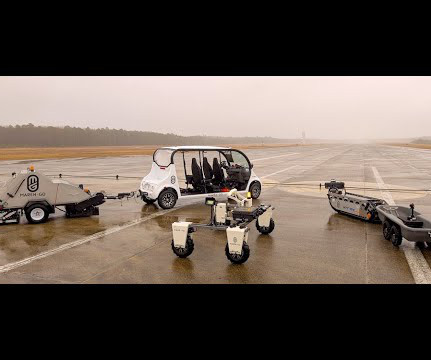





















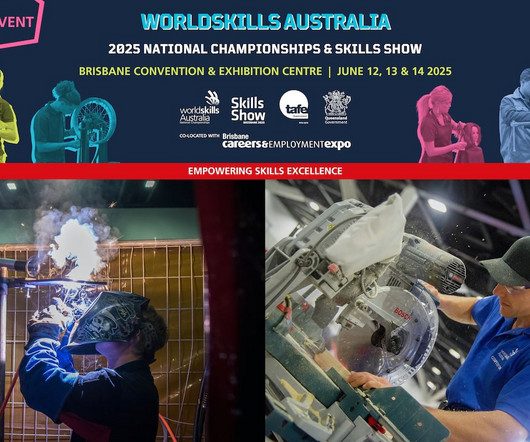



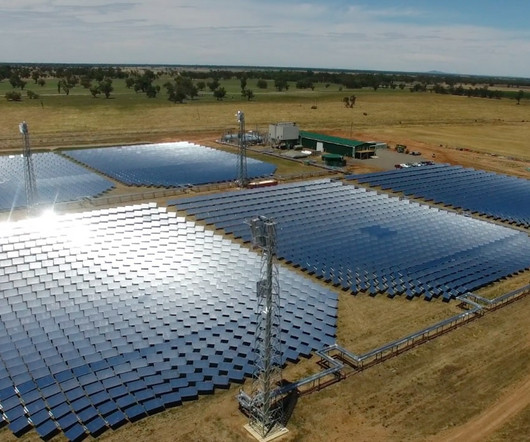










Let's personalize your content